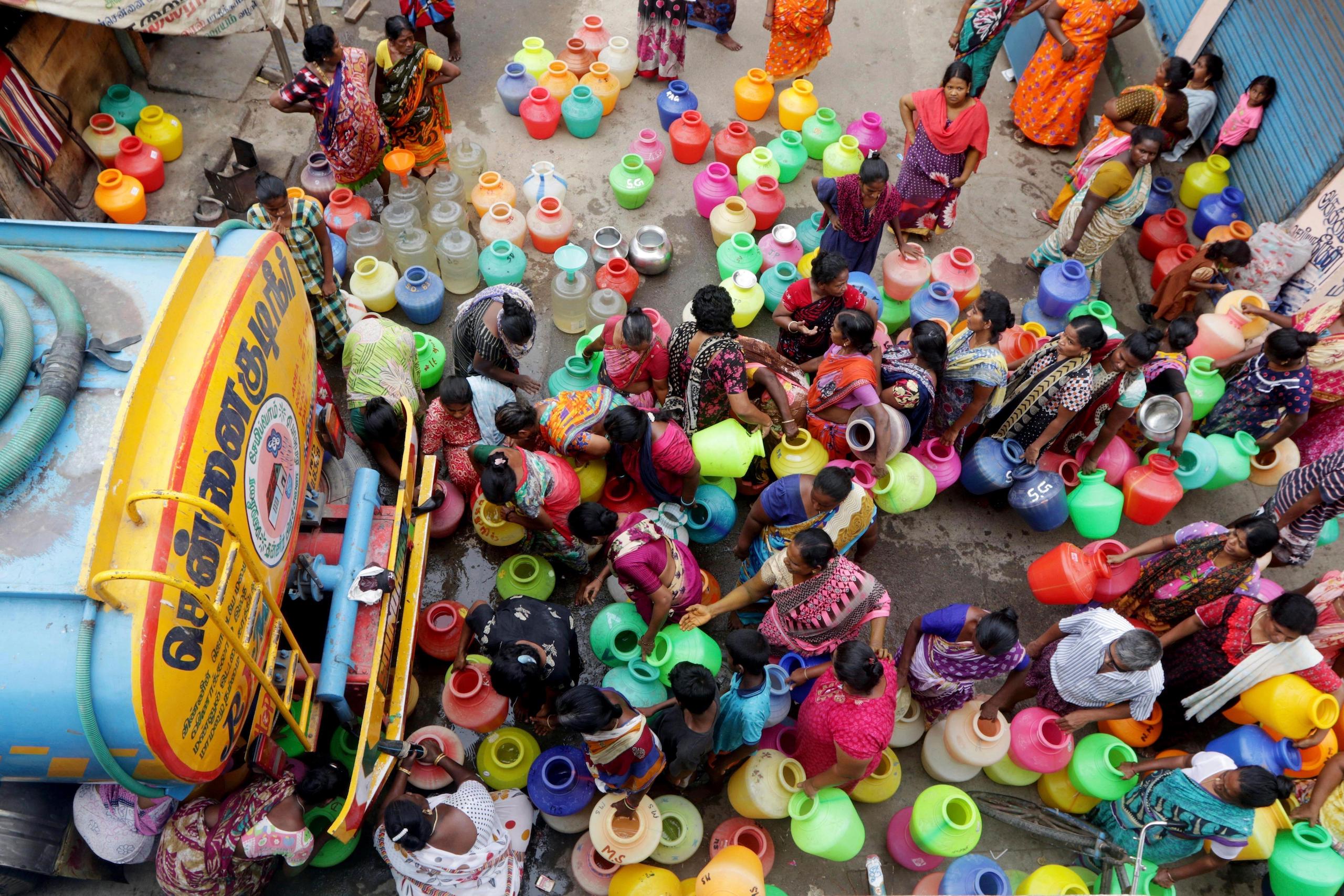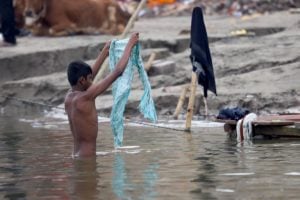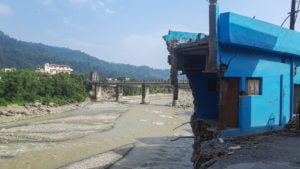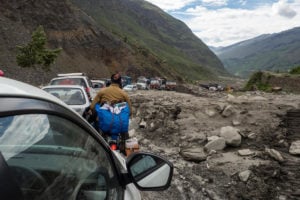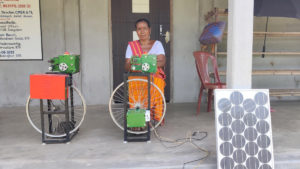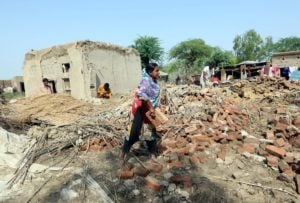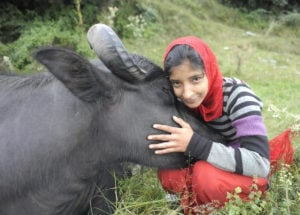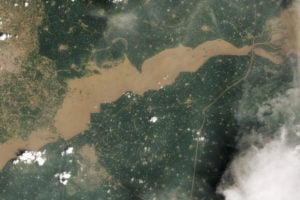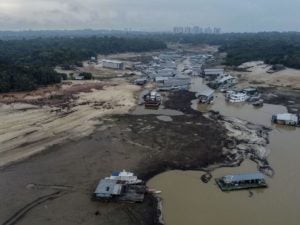Independence Day-eve this year marked the death of little Indra Meghwal, a nine-year-old Dalit boy beaten to death by his ‘upper caste’ teacher in Jalore district of Rajasthan. Indra was thrashed to death because he drank water from a pot meant for his upper-caste teacher. His murder is not an isolated incident.
Dalit students continue to endure violence and discrimination for drinking water in schools across India. Here are some widely reported incidents after Indra’s murder. On 12 February 2023, a sixteen-year-old Dalit boy from Uttar Pradesh’s Sirwasuchand village of Bijnor was beaten by his principal for drinking water from his bottle. In March 2023, another nine-year-old Dalit child from Jalaun district of Uttar Pradesh was thrashed by a teacher for drinking water from a pond. In July 2023, a Dalit boy of Rajasthan’s Netrad village (Barmer district) was physically abused by his school teacher for drinking water from the school pot.
Untouchability was legally abolished by the Indian constitution over seven decades back. The Prevention of Atrocities Act of 1989 (SC/ST PoA, 1989) is supposed to provide further safeguards against attacks like the one that killed Indra Meghwal. Why then does access to drinking water continue to be the site of some of the worst caste atrocities nearly a century after Dr B.R. Ambedkar led the Mahad Satyagraha in 1927?
The social and environmental discourse in India has largely rendered caste invisible in discussions about water
Despite the alarming regularity with which caste atrocity incidents related to water access occur, the social and environmental discourse in India has largely rendered caste invisible in discussions about water. Caste continues to be a “missing link”. Scholars like Mukul Sharma have shown how caste is not central to the environmental discourse even when justice is ostensibly the primary field of inquiry.
Questions of purity-pollution or ‘division of labourers’, rather than division of labour – the constitutive features of India’s caste hierarchy – remain outside the pale of environmental and water discourse in India. A principal reason for this neglect is that Indian environmental studies (including water) are dominated by upper-caste scholars, researchers, and academics with little or no lived experience of how the Bahujan masses of India experience water and the environment.
This crisis of Bahujan exclusion is why we can wax eloquent about water access being a fundamental human right while neglecting how caste is the single most important barrier to the actual realisation of this fundamental right.
The invisibilisation of caste in the discussion around water access is at the root of how water conundrums in India are reduced to a technocratic discourse. At best, this discourse engages with the physical, hydrological cycle that is conceived as being independent of social, political, and economic influences. The water cycle from our elementary school textbooks introduces the hydrological cycle with a pretty picture of the sun, clouds, mountains, rivers, lakes, and oceans, along with the process of evaporation, transpiration, condensation, precipitation, and sometimes even groundwater. None of the Indian textbooks, however, have people depicted in this introduction to the water cycle.
We have a water crisis because this ‘pristine’ picture has been modified and stressed by the human economy and society. Across town and country, people ‘live-work-play’ by interfering with the physical water cycle. For example, Bengaluru, where I am currently based, imports nearly as much river water in a year from a river source a hundred kilometres away as the city receives in the form of rainfall. Add in all the groundwater that is extracted and the waste flows back to the environment. The human influence on the overall hydrological cycle dwarfs the physical cycle.
The Indian environmental discourse is not able to adequately characterise the human influence on the hydrological cycle because people cannot be disembodied from the deeply hierarchical caste structure that actually modulates human-water interactions in India.
Confront caste in water discourse
We cannot get serious about justice and sustainability (‘justainability’) questions surrounding water in India unless we also confront the ‘C’ word. Caste is at the front and centre of our water predicaments. If we did this, we would begin to understand how Dalits, Adivasis and other marginalised groups endure injustice at every point in the water cycle. In a recent study, ‘Caste Lines in Bengaluru’, researcher Sumanto Mondal studied the nexus between topography and caste. Mondal’s mapping shows most of the highest elevation grounds in Bangalore were captured by the upper caste elite groups, while a considerable number of ghettoised lowered caste groups have been settled in the lowest-lying areas in their immediate vicinity. Such topographic inequality quite literally defines the contours of the hydrological cycle.
Residents of low-lying areas are more vulnerable to natural hazards like flooding (that will increase in frequency and intensity on a warming planet). Building urban flood resilience cannot be accomplished unless we also ask the question of why the topographic maps in Indian towns and villages are congruent with the caste hierarchy. However, this is a question that is seldom asked by the extant environmental scholarship in India, let alone the official flood resilience bureaucratese.
Caste is a direct ‘natural hazard’ for Dalits that follows and hunts them in the city as it does in the country. As reported by The Hindu, in May 2023, two Dalit youths were murdered by upper-caste men in Rajanakunte on the outskirts of Bengaluru. They had trespassed their caste location by drinking water from a water jar reserved for upper castes at a hotel in Hesaraghatta. The ‘flow’ of caste is indistinguishable from how water flows through the hydrological cycle.
Ambedkar famously argued that water is central to maintaining the boundary between the ‘touchables’ and ‘untouchables’. Policing and maintaining this boundary is the source of violent persecution faced by Dalits and Adivasis in India. According to the National Crime Records Bureau (NCRB) report of 2021, atrocities against Scheduled Castes (SC) and Scheduled Tribes (ST) have increased by 1.2% and 6.4% respectively. Further, the report shows how most of the caste atrocities against SC/STs are related to conflicts over access to drinking water sources.
‘Groundwater: Making the Invisible Visible’ was the theme chosen for the 2022 UN World Water Day. Many Indian environmental scholars and activists enthusiastically participated in this effort. Indian upper caste environmental discourse has always been engaged with the questions of ‘where does your water come from and where does your wastewater go’.
Sadly, the upper castes have never troubled themselves to ask the questions ‘who brings the water’ or ‘who handles’ wastewater infrastructure. The privilege of their birth-based identities, ‘their caste’, has shielded them from the lived experiences of Dalits and marginalised people. Groundwater, or any water in India, will remain invisible unless the water and sanitation discourse shuns its ostrich-like response to the very mention of caste.
Ignoring caste not an option
As a Dalit who is engaged professionally in managing water resources, ignoring the shadow that caste casts on the hydrological cycle is not an option for me. My life cycle has been punctuated by a constant struggle with the water cycle.
When my mother was pregnant with my sister, she still had to struggle to collect water for the household in Siddharth Nagar (a Dalit Colony in Nanded, Maharashtra). I have enduring memories of making numerous rounds on my father’s bike to fetch water from public handpumps. This means that I often had to skip schoolwork. Summers only made it worse.
If you could not climb on top of the municipal tankers and throw in a pipe to draw water, the household would have to go thirsty. The bike trips also became more frequent as the water tables dipped. Water conservation was second nature for Dalit children – unlike upper caste children who had bountiful piped water and private tankers filling up their large stockpiles. Water has never been invisible for invisibilised people like me. Unarguably, the most invisibilised are the manual scavengers of independent India. When floods hit the cities and block key city infrastructure including sewers, these ‘invisible’ manual scavengers risk their lives to keep the cities functioning. While the news of their deaths has been visible, their existence still has been invisibilised by the upper caste ‘water cycle’.
This cloak of invisibility amongst Indian environmentalists and academic researchers against caste remains the most significant gap between the ‘technical’ and ‘social’ disciplinary boundaries. Recent efforts (for example by Ambika Aiyadurai and her lab) have called for a reimagination of the ‘human-environment’ relationship. Brahminical and men-centric dominance in ecological worldviews act as a barrier and block the perspectives of Dalits and marginalised people from taking centre stage in the pedagogical definition of environment in the country’s academic, non-academic, and policy forums. Upper-caste calls for transcending disciplinary boundaries will remain unfulfilled unless we recognise caste as the glue that binds the physical and the social.
The constitutive linkages between caste and the water cycle have to be understood to actually ensure human dignity and equal rights of access to water for every individual in India. Evaporation provides a temporary escape from the wretchedness of India’s caste society – only to fall back after condensation. However, for Dalits and other marginalised groups, there is not even this periodic respite. Unless we recognise how the Indian hydrological cycles are embedded in caste, the water cycle will remain broken for the broken (Dalits) of India.
This article was first published on The Wire and is reproduced here with permission
